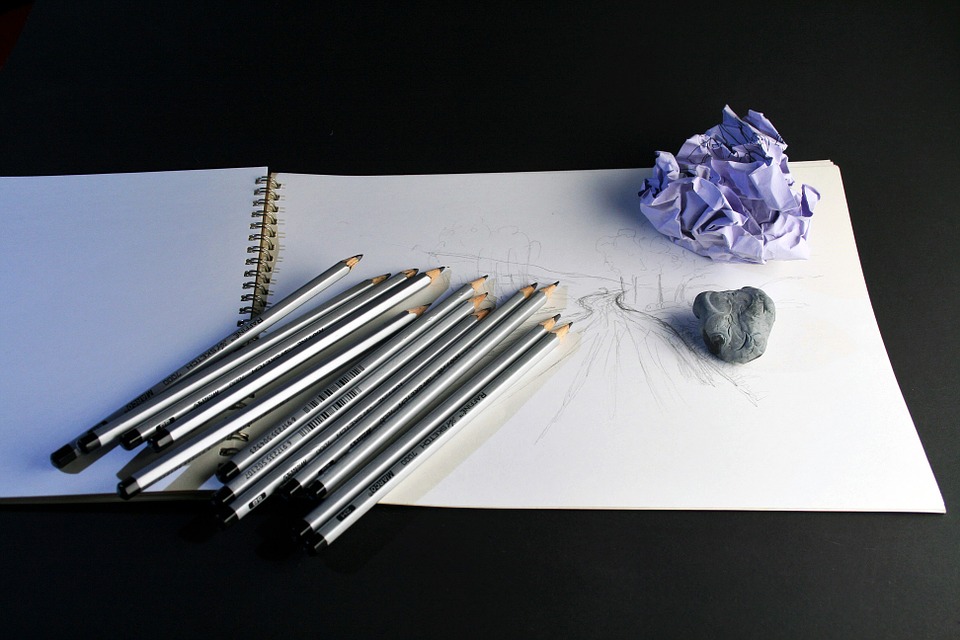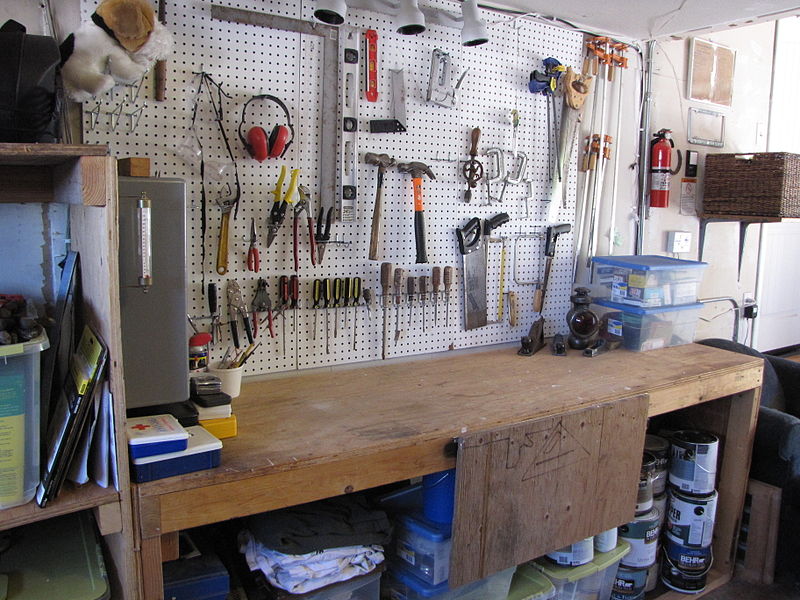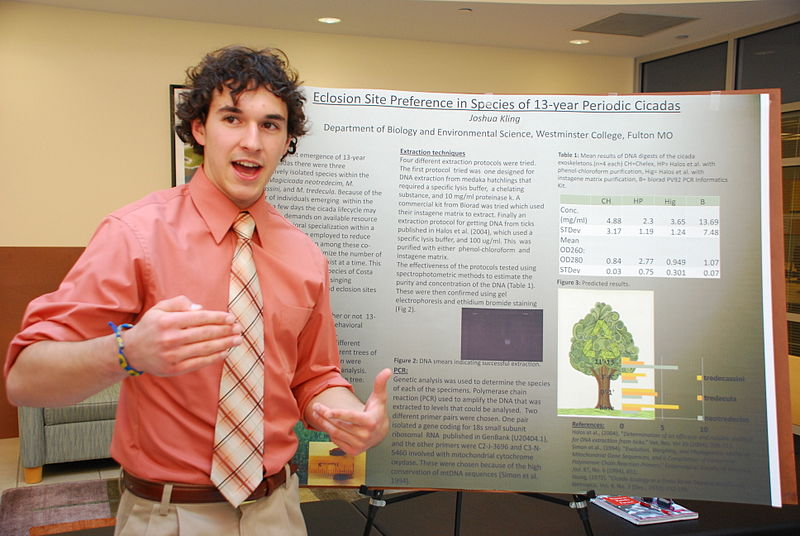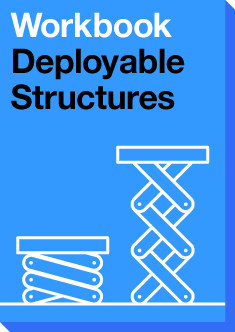Design a deployable shelter
Every year humanitarian disasters force people from their homes and into desperate situations, in which they have to find new shelter, sometimes under extreme weather conditions. In these situations, deployable structures – shelters that can be quickly delivered and unfolded – can potentially help. The challenge of creating a shelter suitable for a harsh environment is one that demonstrates the role that mechanical engineers can play in saving lives in disaster situations.
This project gives students an introduction to working in a mechanical engineering consultancy. They will research and design an innovative use of deployable structure technologies in order to provide shelter in humanitarian crises. They will build a working model and present their idea to a group of engineers from your company.
Stage Information

Day 1
Disaster situation
Research the conditions and needs that arise in a humanitarian crisis and find out what the existing solutions are.
Day 2
Possible mechanisms
Build a working umbrella mechanism and learn about other mechanisms that could be used to create a deployable shelter.
Day 3
Design proposals
Sketch design proposals and appraise them for how well they meet the user’s needs.
Day 4
Construct a model
Build a working model of the design.
Day 5
Organise and present
Present their idea to mechanical engineers. Using their model to show the engineering solutions they have developed to meet the requirements of the brief.More Information
Curriculum
This project is aimed at 14 to 19-year-old students working at or equivalent to KS4/5.
Skills Development
Personal, Learning and Thinking Skills
- Through independent enquiry, students can: explore issues from different perspectives; analyse, evaluate and judge information and its relevance and value; and, support conclusions using reasoned arguments and evidence.
- Through self-management, students are required to: show flexibility when priorities change; work towards goals, showing initiative and perseverance; organize their time; and manage their emotions.
- Through reflective learning, students will: review progress; request feedback; evaluate their experiences; and communicate their learning in relevant ways for different audiences.
Communication Skills
- Through role play, students will have the opportunity to: talk in front of others; plan and present their ideas; and defend their ideas under scrutiny.
- Through interviews, students are required to: prepare questions; and hold a discussion in a formal setting.
- Through written and verbal communication, students can: write reports of their work; respond to feedback; and use industry specific terminology.
Information, Advice and Guidance
This project is designed to give a hands on insight into what it’s like to be a mechanical engineer in a design office. It is an immersive experience where students conduct the realistic projects of an engineer. They will explore their workplace developing their confidence and skills. As part of this project, students will conduct research into different aspects of an engineer’s job, they are specifically asked to interview a member of staff about what path they took to get the job they have now.
Delivery Requirements
Ideally, the student should be able to access information on real projects in your organisation that are relevant to the activities that the students will be doing in this Student Studio project, and the people who have worked on them. If this is not possible then the supporting resources within Student Studio will help to bring sufficient context for the student.
Supervision
Supervisors will need an hour to prepare any supporting resources prior to the student starting and then approximately 1-1.5 hours a day for 1:1 supervision and arranging access to other members of staff.
Supervisors don’t need to have any specific engineering knowledge related to the theme of this Student Studio project; broad understanding of general engineering principles is all that is needed to guide students through this project. Each day Student Studio gives supervisors suggestions on how to guide students through their project and how to set up interesting and exciting activities for them.
Resources
We encourage host organisations, where possible, to make available real resource, resources, such as drawings, reports, calculations, computer models and presentations, to help contextualise this project.
Equipment
Access to a computer with internet access
In this project students will build a working umbrella mechanism. To build it they will require,
- 12 coffee stirrers (19cm long, 6mm wide and 2mm thick). These are available from www.plastico.co.uk. If these are not available then any coffee stirrers will do, but they students may need a little help adjusting the measurements from the instructions.
- Some card
- Some sticky tape
- A retractable craft knife and cutting mat (or other suitable equipment such as heavy duty scissors) to cut the coffee stirrers. Read the safety notice below.
IMPORTANT SAFETY NOTICE To make one of these umbrella mechanisms, 12 wooden coffee stirrers will need to be cut in two. This can be done with a craft knife and cutting mat or other suitable equipment. It is recommended that the supervisor cuts the coffee stirrers before the activity begins in order to minimise the risk to students. Whether the teacher or the students cut the coffee stirrers, a risk assessment must be carried out to minimise risk or injury.
Share

